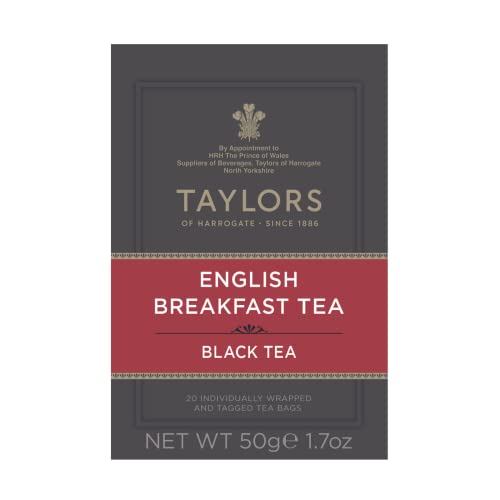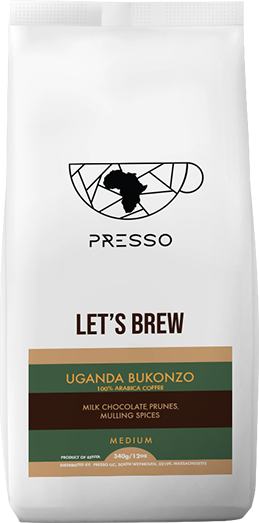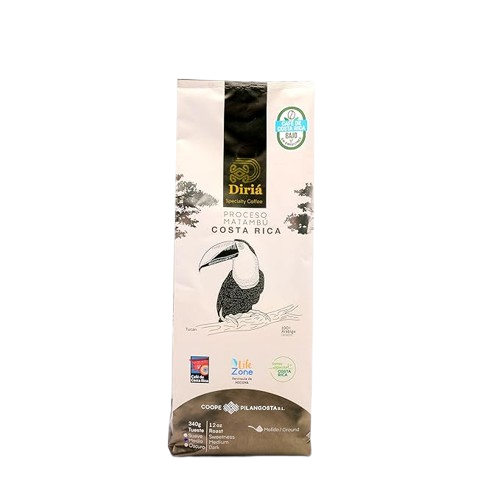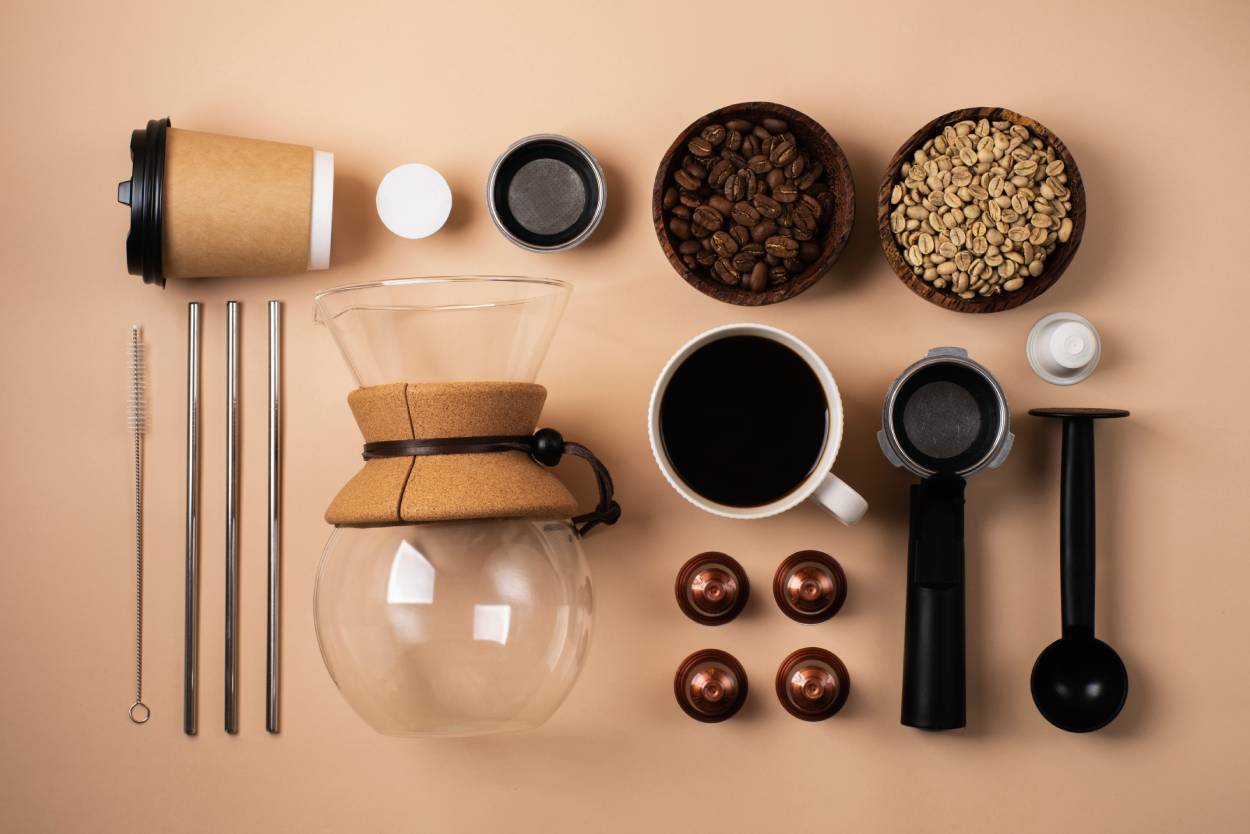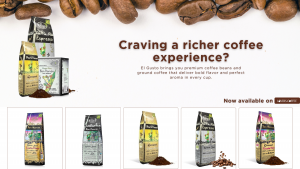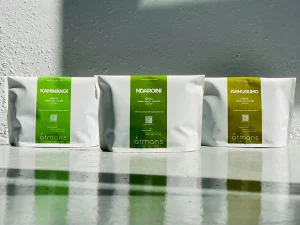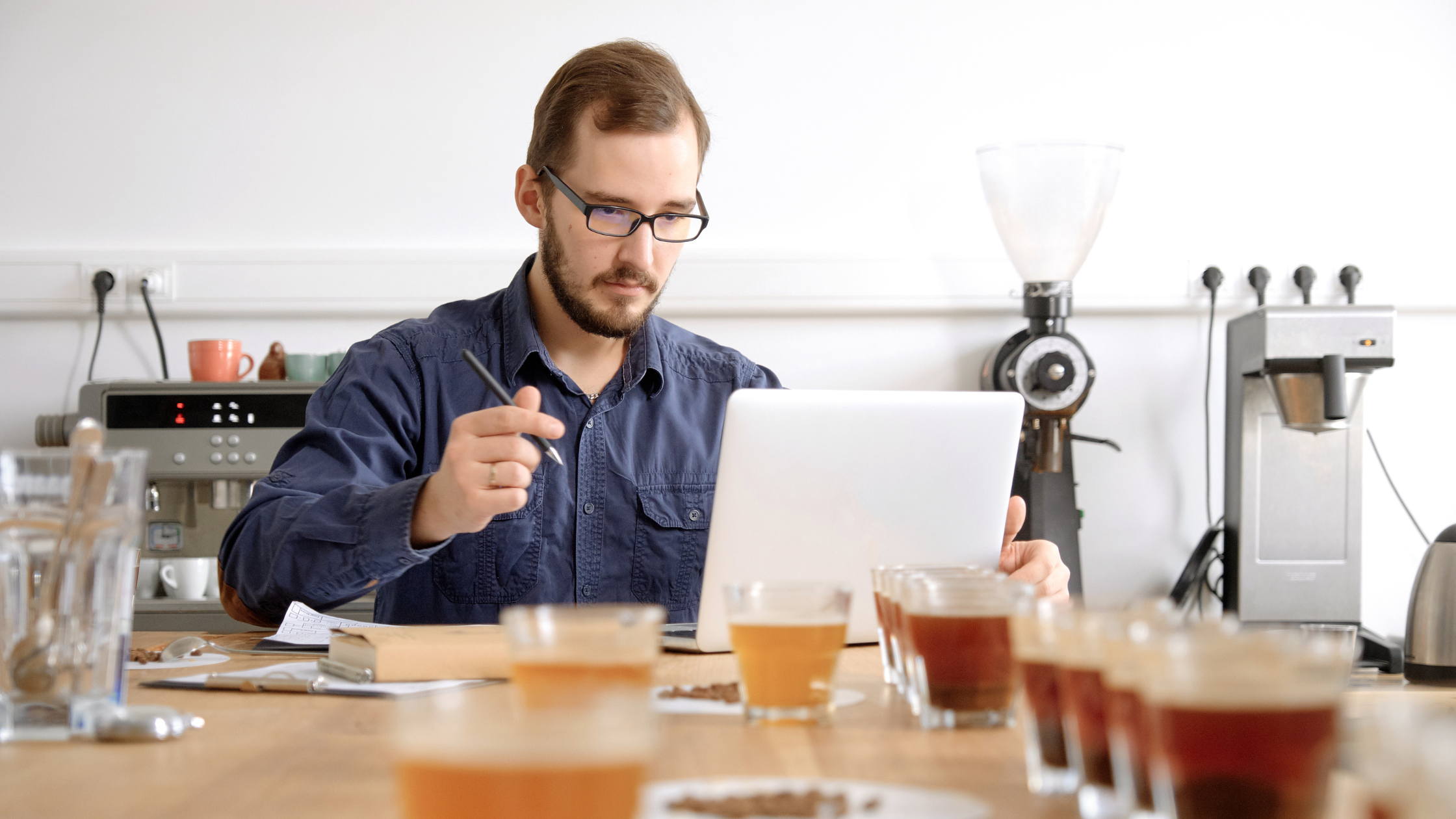
Coffee Tasting 101: How to Train Your Palate Like a Pro
Table of Contents
- ☕ What Is Coffee Tasting?
- 🔑 1. Start with the Basics: Fresh, Quality Beans
- 🏷 2. Understand the Coffee Flavor Wheel
- 👃 3. Smell Before You Sip
- 👅 4. Slurp It Loud
- ⚖️ 5. Identify Acidity, Body, Sweetness, and Aftertaste
- 🧠 6. Compare Coffees Side-by-Side
- 💡 7. Avoid Strong External Influences
- 📚 8. Practice Makes Perfect
- 🔁 Recap: Coffee Tasting Tips
- Final Thoughts
Coffee Tasting 101: How to Train Your Palate Like a Pro
- Adam Smith
- 06-05-2025
- 21-07-2025
- 1050 views
- Coffee Beans

Coffee is more than a morning ritual—it’s an experience. Much like wine or chocolate, coffee carries layers of flavor, aroma, and texture that can be appreciated through mindful tasting. Whether you’re a casual sipper or an aspiring coffee connoisseur, learning to train your palate can open up a whole new world of appreciation.
☕ What Is Coffee Tasting?
Coffee tasting, or “cupping,” is the practice of evaluating the flavors, aromas, acidity, body, and aftertaste of a coffee. Professional tasters use this method to judge quality, origin, roast, and even freshness.
But here’s the great news: you don’t have to be a professional to taste like one. With a few techniques, you can sharpen your senses and discover the unique notes in every brew.
🔑 1. Start with the Basics: Fresh, Quality Beans
A great tasting experience starts with high-quality, freshly roasted beans. Look for single-origin coffees or blends from reputable roasters. If possible, grind your beans fresh before brewing for maximum flavor.
Tip: Avoid flavored coffees or those with additives when you’re training your palate. Start with black coffee brewed simply.
🏷 2. Understand the Coffee Flavor Wheel
The coffee flavor wheel, created by the Specialty Coffee Association, is a powerful tool for describing what you taste. It breaks down flavors into categories:
-
Fruity: Berry, citrus, apple, melon
-
Nutty/Spicy: Almond, clove, cinnamon
-
Sweet: Chocolate, caramel, honey
-
Roasty: Smoky, burnt sugar, toast
-
Floral: Jasmine, rose, lavender
Using this wheel helps you put words to the flavors you’re detecting.
👃 3. Smell Before You Sip
Your sense of smell plays a big role in what you taste. Before taking a sip, inhale deeply over your cup. Do you smell chocolate? Nuts? Citrus?
When hot water hits coffee grounds, it releases aromatic compounds. Take time to appreciate them.
👅 4. Slurp It Loud
Yes, you read that right! Professional tasters slurp their coffee to aerate it. This spreads the coffee across the tongue and helps detect flavors more vividly.
Don’t worry about the noise—it’s part of the experience!
⚖️ 5. Identify Acidity, Body, Sweetness, and Aftertaste
As you sip your coffee, pay attention to:
-
Acidity: Bright and tangy (common in African coffees)
-
Body: The weight or mouthfeel (light like tea or heavy like cream)
-
Sweetness: Natural sugar tones like caramel or fruit
-
Aftertaste: What lingers after swallowing (bitter, clean, spicy)
Keep a notebook and write down what you experience.
🧠 6. Compare Coffees Side-by-Side
One of the best ways to learn is by tasting two or more coffees side-by-side. Try a light roast and a dark roast. Or compare beans from Ethiopia and Colombia.
You’ll start noticing the subtle (or bold) differences between them.
💡 7. Avoid Strong External Influences
Don’t taste coffee right after eating spicy food, smoking, or brushing your teeth. These can interfere with your perception.
Choose a neutral time of day and sip in a calm environment.
📚 8. Practice Makes Perfect
Like any skill, tasting takes time to develop. The more coffees you taste, the better you’ll get at identifying their complexities.
Join a local cupping event, subscribe to a specialty coffee subscription, or simply experiment at home.
🔁 Recap: Coffee Tasting Tips
-
Use fresh beans and clean brewing gear
-
Grind just before brewing
-
Smell deeply before sipping
-
Slurp to coat your tongue
-
Use a flavor wheel for guidance
-
Record your tasting notes
Final Thoughts
Learning to taste coffee like a pro is a fun and rewarding journey. As you fine-tune your palate, you’ll gain a deeper appreciation for the nuances in every cup—and never look at your morning brew the same way again.
Happy tasting!










